Stone Gardens: Despite six terms as Governor, Orval Eugene Faubus is remembered for one moment in time
- Dennis McCaslin

- 48 minutes ago
- 3 min read


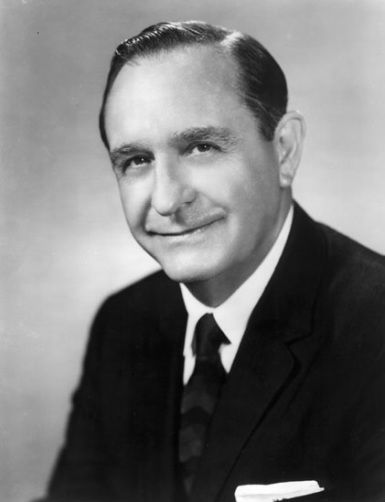
Orval Eugene Faubus was born on January 7, 1910, in Combs, a small rural community in Madison County.
His father, John Samuel “Little Sam” Faubus, was a socialist newspaper editor, and his mother, Addie Joslen Faubus, was a schoolteacher.
Orval grew up in a politically active home and attended Commonwealth College, a progressive labor school that later became controversial.
He married Celia Alta Haskins in 1931. The couple lost two infant sons before raising their surviving child, Farrell Eugene Faubus, who died in 1976.
Orval later remarried twice--Elizabeth Drake Thompson and Janice Ann Hines--each marriage marking a different chapter in his life.
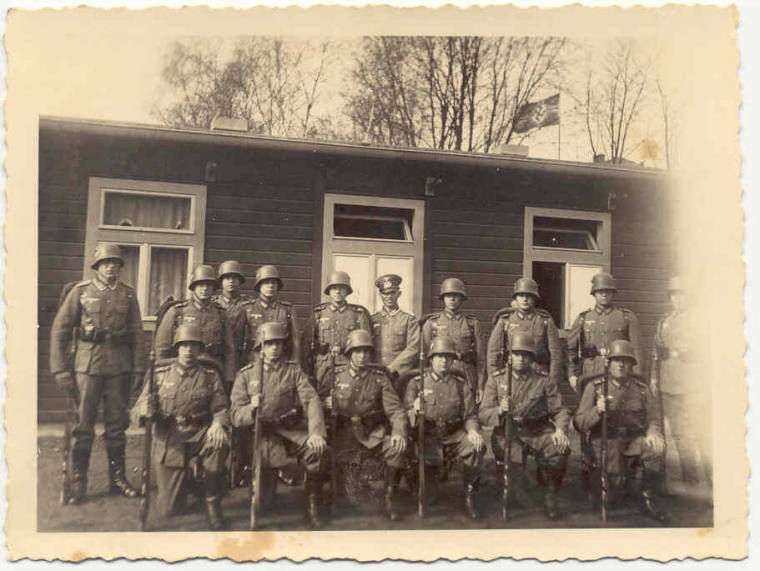
During World War II, Faubus served as a Major in military intelligence under General George S. Patton’s Third Army in Europe.
His military service helped build his reputation and gave him a strong foundation for entering politics.
He started as circuit clerk and recorder for Madison County, then became a leader in the Arkansas Democratic Party. In 1954, he was elected the 36th Governor of Arkansas. He served six terms--longer than any other governor in the state’s history.

During his long tenure as governor, Orval Faubus focused on bringing Arkansas into a new era of development.
He prioritized infrastructure, launching major highway projects that connected rural communities to urban centers and expanded access to electricity across the state’s most isolated regions.
Determined to strengthen public education, he increased funding for schools and raised teacher salaries, aiming to improve classroom conditions and attract qualified educators.

Faubus also established the Arkansas Department of Commerce, a move designed to streamline economic growth and attract new industries.
His administration supported veterans through expanded services and job programs, helping those who had served in uniform transition back into civilian life.
Together, these efforts helped modernize Arkansas, improving daily life for many residents and laying the groundwork for future progress--even as his legacy remained complicated by the events of 1957.
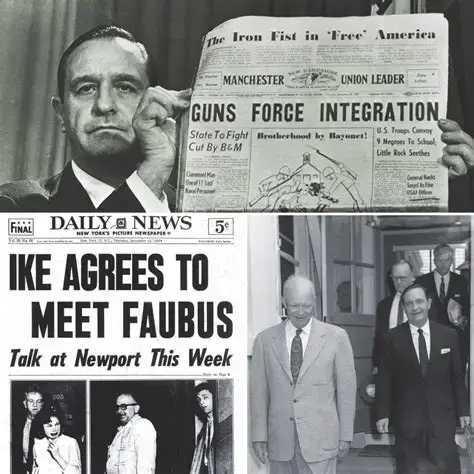
In September 1957, Faubus made a decision that changed his legacy. He ordered the Arkansas National Guard to stop nine Black students--the Little Rock Nine--from entering Central High School. He said it was to prevent violence, but it went against federal orders to desegregate schools.
President Dwight D. Eisenhower responded by sending federal troops to protect the students and enforce the law.
The images of soldiers escorting children through angry crowds shocked the nation and became a turning point in the civil rights movement.
Faubus’s actions won support from segregationists and helped him stay in office, but they also made him a symbol of resistance to racial equality.
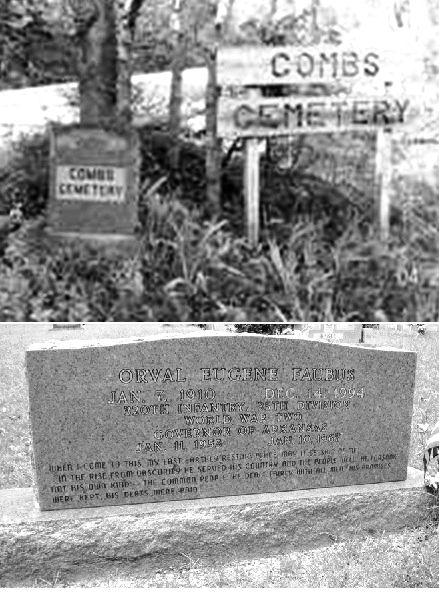
His name became linked to one of the most painful chapters in Arkansas history.
Orval Faubus died on December 14, 1994, in Conway.
More than 30 members of the Faubus family are buried in Combs Cemetery in Madison County, including Orval Eugene Faubus himself.
His grave is simple, but his story is anything but.
The cemetery holds generations of Faubus relatives, such as:
-John Samuel “Little Sam” Faubus (Orval’s father)
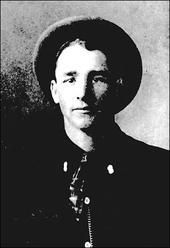
-Addie Joslen Faubus (Orval’s mother)
-Farrell Eugene Faubus (Orval’s son)
-Celia Alta Haskins Faubus (Orval’s first wife)
-Elvin Carl Faubus (Orval’s brother) and his wife Ruby
-Multiple infant sons and daughters, including Orval’s two lost children
-Extended relatives like William Eli Faubus, Jonas Faubus, and others spanning several generations.
The Faubus family’s presence in Combs Cemetery reflects their deep roots in Madison County, with burials that trace back to Orval’s grandparents, William Henry and Malinda Sparks Faubus.
The cemetery itself is modest and rural, nestled in the hills near the original Faubus homeplace, and serves as a quiet testament to a family whose legacy shaped Arkansas history.
Faubus helped build Arkansas’s infrastructure and improve public services. But his role in the Little Rock Crisis left a lasting mark.
He is remembered both as a strong leader and as someone who stood in the way of progress.



